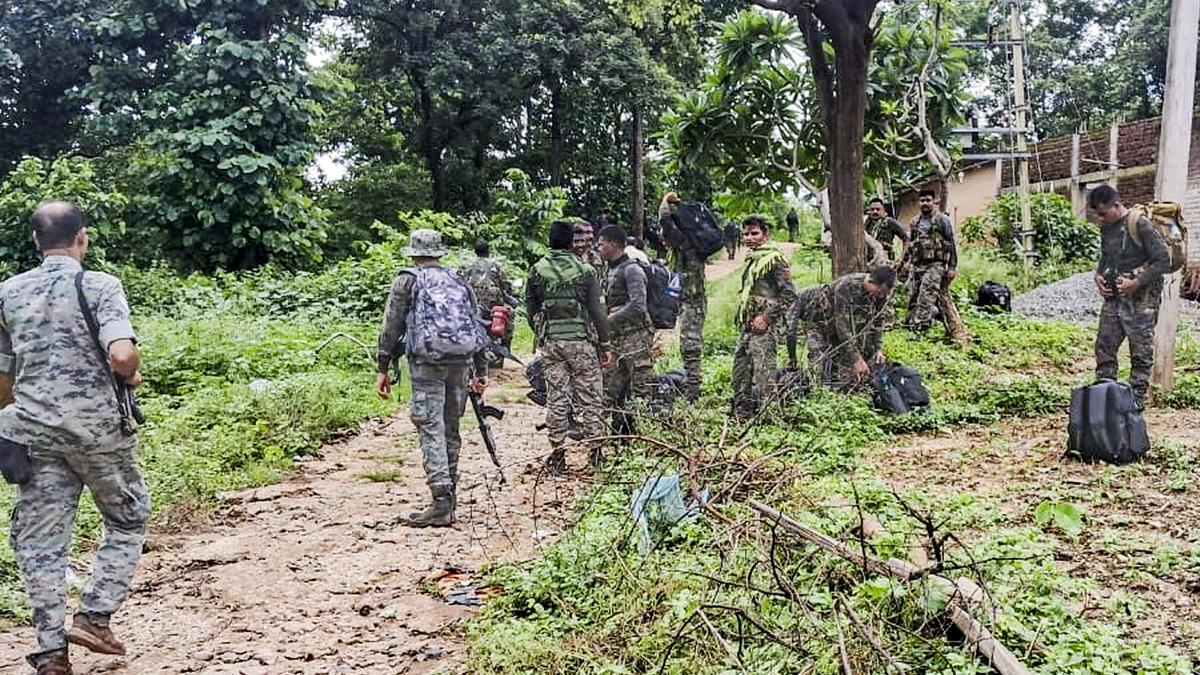Now Reading: Kerala Scientists Develop Virus to Protect Teak Plantations
-
01
Kerala Scientists Develop Virus to Protect Teak Plantations
Kerala Scientists Develop Virus to Protect Teak Plantations

Quick Summary
- The Kerala forest Research Institute (KFRI) has developed a patented ecological solution, the Hyblaea puera Nucleopolyhedrosis Virus (HpNPV), too combat teak defoliator moths, a major pest threatening teak plantations.
- HpNPV targets and infects the larvae of the teak defoliator moth, preventing widespread damage to forests. This virus is host-specific and does not harm other aspects of the ecosystem.
- The teak defoliator larvae can strip forests up to six times annually, reducing timber yield substantially by forcing trees to regenerate leaves rather than grow wood.
- Economic losses due to these pests are estimated at 3 cubic metres per hectare annually-equating to ₹562.5 crore in Kerala and ₹12,525 crore across India.
- Unlike chemical pesticides that caused environmental protests,HpNPV offers an eco-friendly alternative with success proven during field trials in Nilambur,Malappuram.
- Many countries cultivating teak have banned chemical pesticides – opening meaningful export opportunities for this technology from KFRI.
- Adoption of this innovation by forest departments could position India as a leader in sustainable forestry management globally.
Indian Opinion Analysis
The development of HpNPV marks an vital shift towards sustainable pest management within India’s forestry sector. By offering an effective yet environmentally safe solution targeting only harmful species like the teak defoliator moth’s larvae, KFRI addresses longstanding concerns about loss in timber yield without compromising ecosystems.This innovation also aligns with global moves away from chemical reliance as many nations prohibit pesticide use on plantations.
If adopted widely by Indian forest departments and scaled internationally through exports-a possibility strengthened by its appeal among pesticide-banning nations-it could bolster India’s standing in both economic and environmental leadership globally. However, successful implementation will require collaboration between research institutions like KFRI and policymakers for sustained monitoring systems against outbreaks. Its showcasing at scientific summits ensures visibility but eventual outcomes hinge on concrete policy adoption following initial trials.
Read more: The Hindu























